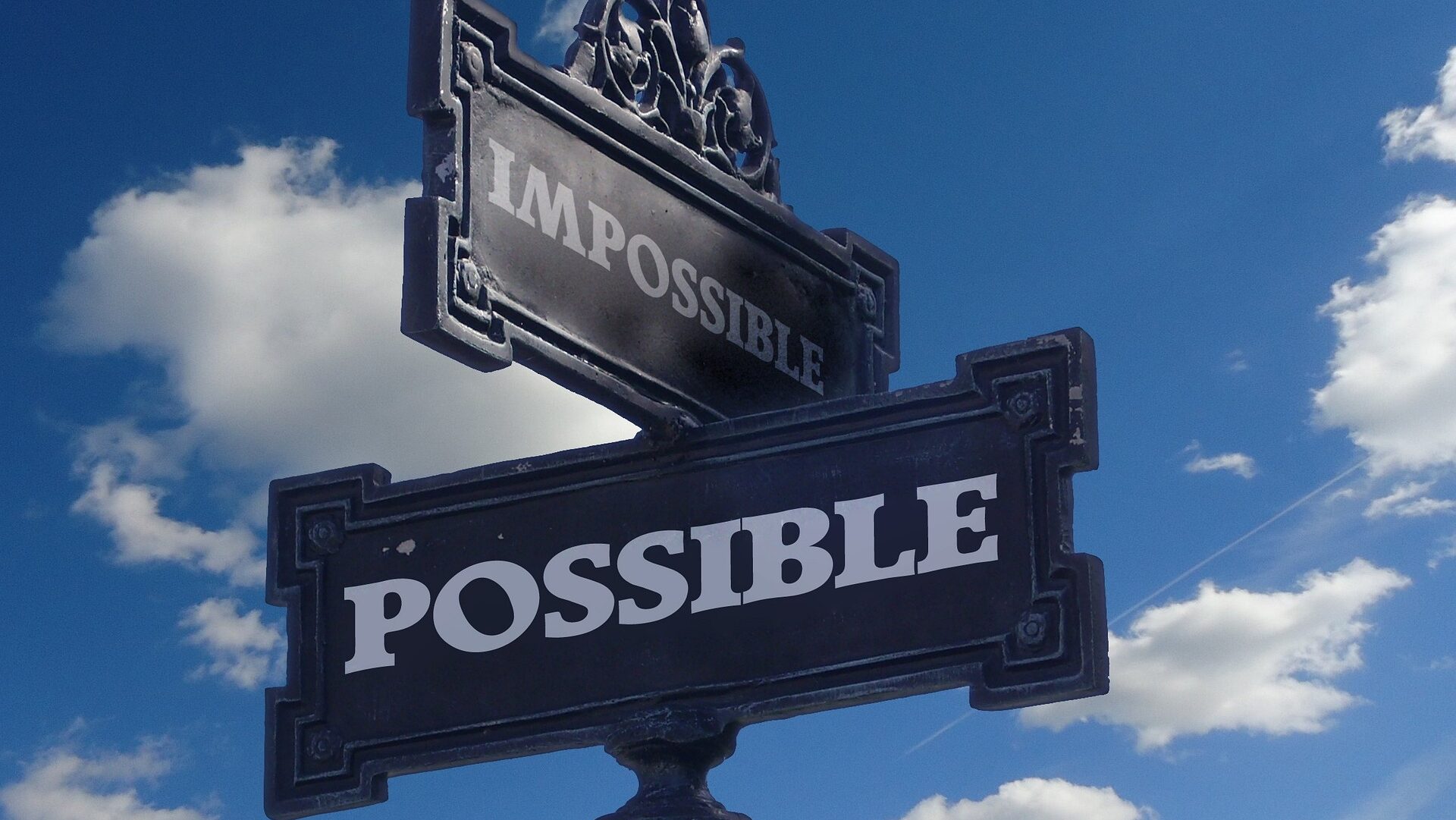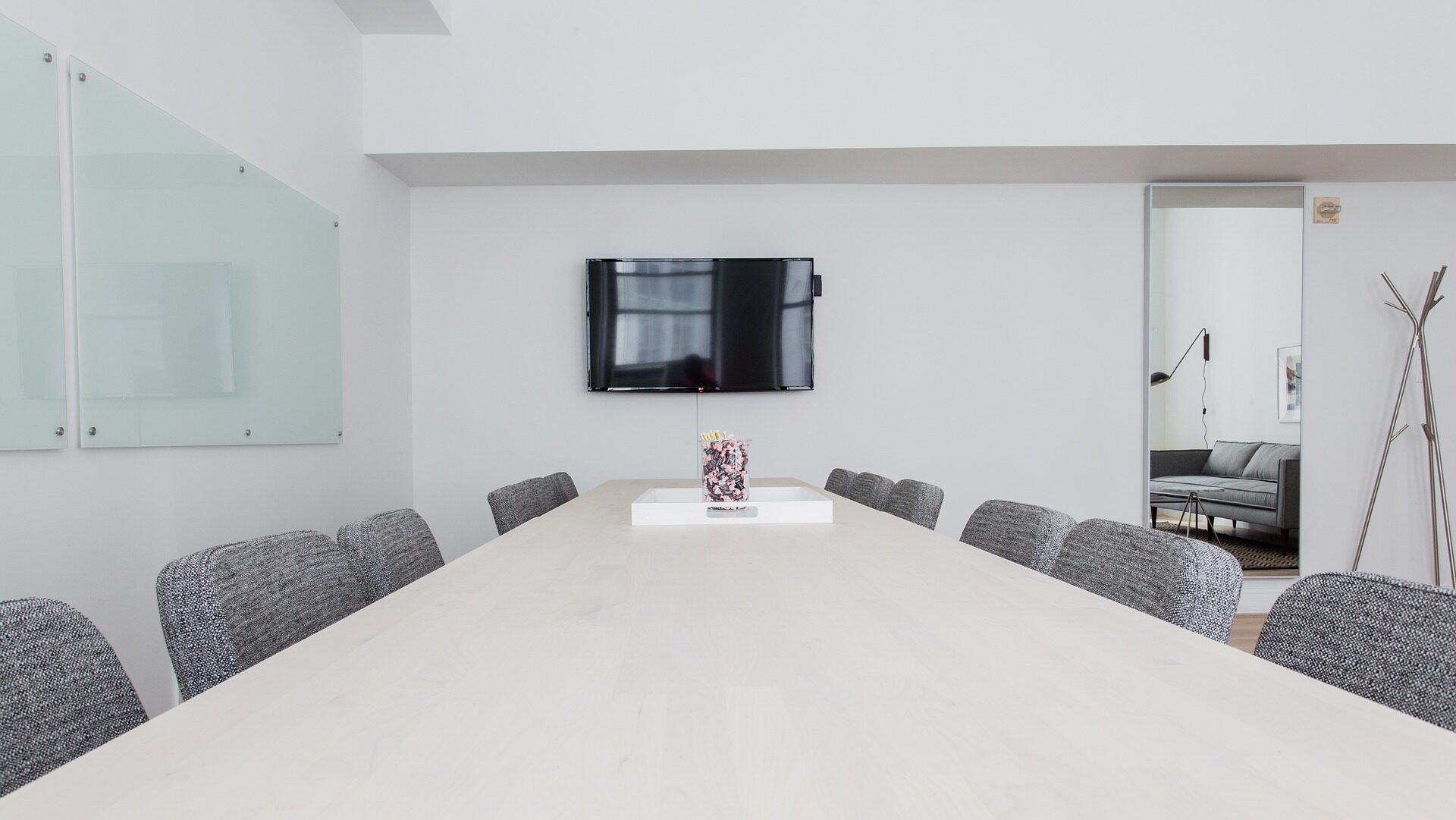Leading Organizational Change: It Starts with You
Mark Twain once said, “the only person who likes change is a wet baby.” The same is true of most organizations. It may not be a wet diaper, but change isn’t usually welcome until there’s a crisis or problem at hand. After all, organizations take on the characteristics of the people who serve there.
Leading change is challenging for a host of reasons. As human beings, we are creatures of habit. And it’s hard to change habits and routines.
Our brains are wired to protect us from danger, so there’s a neurological reaction to perceived threats. Experts describe that reaction as one of the following “F” words: fight, flight, or freeze. All are typical responses to change.
With human nature working against us, how does a leader learn to lead organizational change? I suggest you start by changing yourself first. In other words, practice on yourself before initiating change with your team or organization.
Personal change comes before organizational change. Here are three ways to practice personal change.
1. Change regular routines or habits.
Shake your life up a bit. Change your breakfast menu if you eat the same thing every morning. A friend once shared the story of his grandfather eating the same breakfast of oatmeal and stewed prunes for decades. Now there’s a routine that’s regular in more ways than one!
Take a different route to get to work. If you usually drive, try public transportation if it’s available. Change the stop where you grab a cup of coffee on the way to the office. Walk the stairs instead of riding the elevator if you’re in a multi-floor building.
Modify your workout routine. If you typically jump on the treadmill, use the elliptical or stationary bike instead. Add strength training if your regular workout is all cardio activity. (A personal trainer would tell you to do this anyway.
2. Get out of your personality’s comfort zone.
We’re all hard-wired with individual strengths, weakness, personality traits, and behavioral tendencies. You probably have an assessment report from StrengthsFinder, DiSC, Myers-Briggs, or a similar inventory that spells them out.
Stretch yourself by exercising your non-dominant side. It will feel awkward at first, like writing with your opposite hand. But you’ll gain valuable insights in the process, even if it’s just learning what it’s like for people with different wiring from your own.
If you score high on introversion, practice your inner extrovert by making a point to meet a new person each day (perhaps as you stop in a different coffee shop). If you’re highly analytical like me, practice making decisions with less data than you typically require (at an appropriate risk level, of course). If you usually shy away from conflict, lean into the next difficult conversation.
3. Try new things.
Another way to practice change is by trying new things. Perhaps you only read non-fiction; read a novel. Maybe you’re a meat and potatoes guy like me; give Thai food or Sushi a try. Find a new form of recreation: go fishing, bowling, or biking if you’ve never done it before.
Form a new habit. Start flossing your teeth like the dentist suggests every time you have a check-up. Become more reflective by writing in a journal once or twice a week. If you’re the hard-charging type who heads straight for your desk every morning, pause first make the rounds and greet your team.
As you practice, reflect on your experience.
What did you feel as you practiced self-change? What were the awkward points and what made them awkward? Where did you feel resistance and how did you overcome it? When did you want to give up or bail out and why?
Gain valuable insights on how people respond to change by reflecting on questions like these. Relate those insights to organizational change. Note opportunities to help people navigate the sticky points of change as you experienced them. Get your team to do the same and debrief the exercise together.
Showing an understanding of the human side builds essential trust and credibility to lead your next significant change initiative.
This article was first published on the LeadChange blog.









